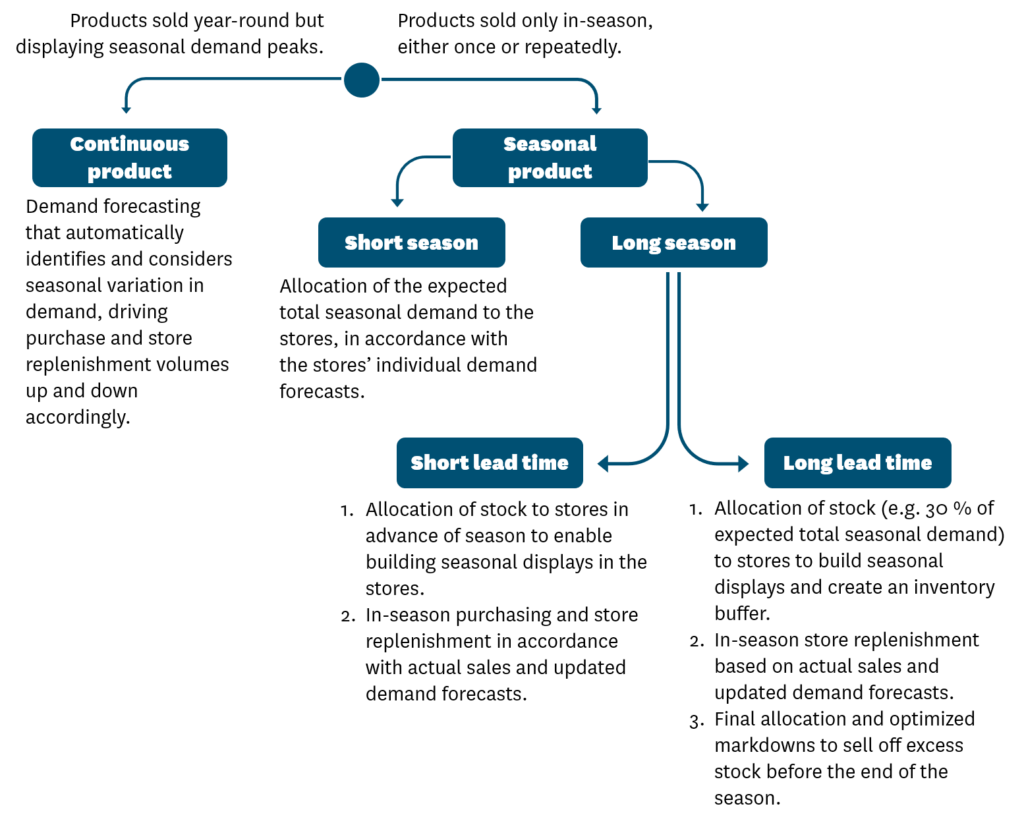Seasonal inventory management – Planning for Halloween
Oct 17, 2022 • 2 min
It’s that time of year again – Halloween, a season when retailers promote everything from candy and pumpkins to costumes and decorations. In the US alone, Halloween spending is expected to reach a record $10.6 billion this year. While the season’s theme may be scary, Halloween shouldn’t frighten retailers.
Halloween has become a major opportunity for retailers to grow their business. For a well-prepared retailer, Halloween can be very profitable — assuming you can get through the season without heaps of leftover inventory you have to sell at a loss.
So, how can you make sure you have just the right amount of stock to maximize sales while minimizing the risk of waste?
Categorize Your Seasonal Products for Efficient Inventory Management
Broadly speaking, seasonal products can be categorized by three variables:
The product lifecycle refers to whether the product has a life off-season as well as during the season with which it’s most commonly associated. For some products, such as Halloween decorations, sales happen exclusively in-season. Other products, like candy, are sold year-round but still display seasonal peaks.
The season length generally determines the extent to which it’s possible to respond to actual in-season demand. When a season is short, you need to deliver the total expected demand quantity (and potentially a bit extra, just to be sure) to stores before the season starts. With longer seasons, though, stores can be replenished several times throughout the season.
The purchase lead time is defined by whether you need to commit to the full purchase quantity ahead of season or can obtain additional stock in-season if needed. Lead time determines the degree of risk related to pre-season purchases; if in-season purchases are an option, you can safely postpone some of your purchasing decisions until you have sales data for the ongoing season.
Based on these three variables, you can select the ideal inventory management model for each type of seasonal product (see figure below).

Setting up forecasting, purchasing and inventory management the right way to match the season at hand produces tangible benefits that directly impact your bottom line. RELEX customers have increased peak season sales by 8% while cutting peak inventories by 30% and minimizing residual stock. With good planning and inventory management tools, previously laborious tasks like initial or final allocations can be fully automated for increased efficiency and accuracy.
No one is suggesting that seasonal inventory management is easy. Still, plenty of companies have mastered seasonality, converting it from problem to opportunity. If you wish to get more insight on how to master your seasonal inventory management, read our whitepaper More Efficient Seasonal Inventory Management.
And, if you get it wrong at Halloween, don’t get spooked. The winter holidays are just around the corner, giving you another opportunity to optimize your seasonal merchandise planning.



